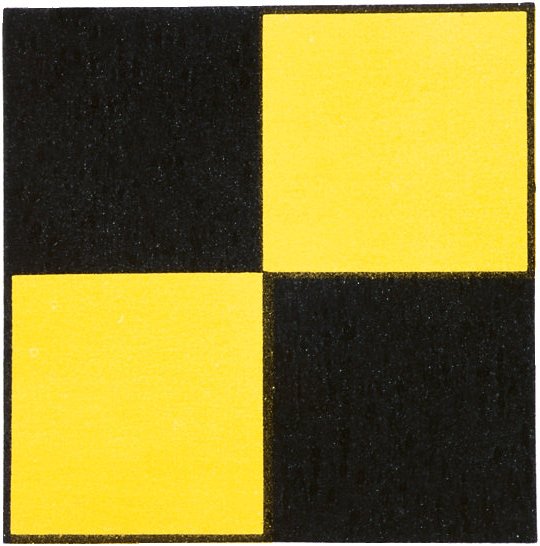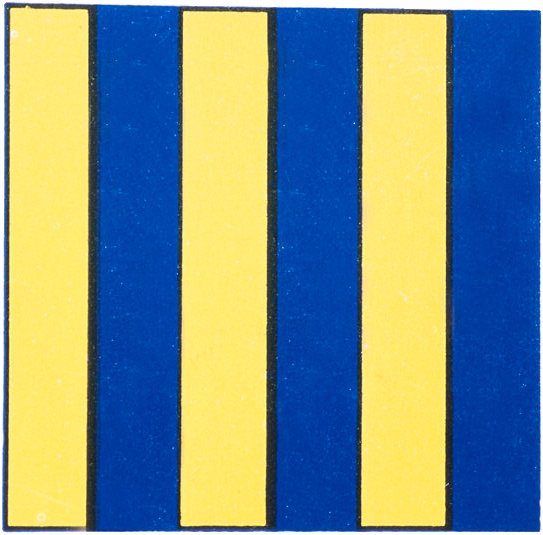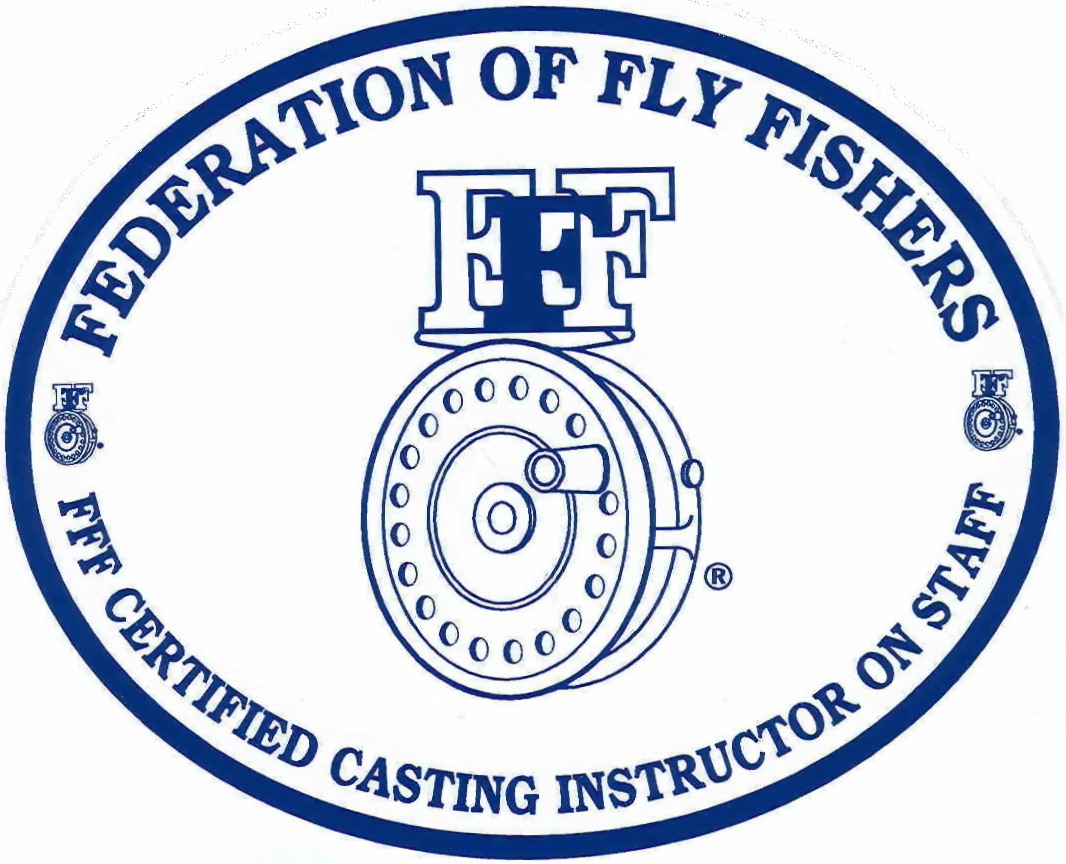Use Your Sinking Line (much) more Often
by Captain Jim Barr on 09/14/16
Very few anglers know how to efficiently cast a full sinking or sinking tip fly line. They are much better at casting their floating and intermediate sinking fly lines, but the fact of the matter is the sinking line is a much more effective line to use when fly fishing deeper water. Rarely are the fish feeding on top, so in most cases using a floating line in our local waters, particularly when targeting false albacore and bonito, can be a waste of time and energy. Most anglers will default to using the intermediate sinking line, either a full intermediate line or the more popular and easier to cast, intermediate tip line (that has a floating running line behind the sinking tip). The intermediate line is not a bad choice, it's just not an effective line to use when targeting fish that are feeding in two feet or deeper water. Let's review the math.
The typical intermediate line has a sink rate of 1.5 inches per second. If we have fish two feet down, the straight calculation indicates it will take 16 seconds for that fly to reach those fish. Perhaps a bit less if the angler is fishing a weighted fly like the Clouser Minnow. Let's say the fish are at three feet, now the wait time before you should start your retrieve becomes 30 seconds. Understand these calculations do not consider the delaying effect of a long leader that takes additional time to sink, combined with wave action and wind that can inhibit the sink rate of that portion of the line at or near the top of the water column. The intermediate line is nearly as easy to cast as the floating line, but most of the time it is an inefficient line to use when targeting fish in depths beyond a foot. Show me an angler who will wait 30 seconds or a bit longer to start their retrieve when using an intermediate sinking line.
OK, let's now consider a different model- using a fast sinking line, either a full sink or sinking tip. These lines come in a variety of sink rates and what line you ultimately use may vary depending upon the make and model of your fly rod, and whether you are fishing in fresh or salt water and what species of fish you are targeting. I visited the RIO Products website and plugged in a few variables in their Fly Line Selector web tool. (http://www.rioproducts.com/learn/line-selector). 
As an example, when utilizing this selection tool, I answered the software prompts accordingly (Open this tool and plug in your variables so you get my drift). I fish a single hand, Sage Method 9' 9 weight rod, in cold water, for striped bass, in saltwater, from a boat, I prefer the sink tip (a full sinking line can be a bear in aerializing and casting...too much weight), and I am an experienced fly caster. The software suggests three options, the one I choose is the InTouch Striper 30ft fast sinking tip line. (I don't want the intermediate lines given their painfully slow sink rates). The software then provides the details on the line I like, in the instant case a 350 grain (#9weight) with a head length of 34 feet and sink rate of 8.2 inches per second for the sinking tip, and 1.5 inches per second for the intermediate running line behind the head. ![]()

![]()
"Up to the gunnels"
(or so it appears)
OK, so back to the exercise of the model where our fish are two to three feet down. At two feet, my preferred line choice will get the fly there in 3 seconds, or about 4.5 seconds for fish at three feet. I like those sink rates much more because I can spend more time fishing and less time waiting for the fly to sink to the level of the fish (generally fish are not static). The other consideration here is that a fly angler who has practiced and is reasonably proficient at casting a sinking tip line, can take one false cast and deliver the fly to the target versus taking multiple false casts (which translates into wasted time) that most casters employ when using intermediate and floating lines. This too translates to more fishing time and less time (and body strain) than when casting an intermediate line. When fish are deeper than three feet, which is often the case, the sinking and sinking tip lines become the only logical choice. Your captain should tell you how deep the fish are holding, quickly do the math for you, and advise the appropriate delay you should follow before you start your retrieve.
The considerations are several: If you have a sinking line, use it more often. If you don't you should buy another spool for your reel, backing and a new fly line... and then learn how to cast this heavier line. As a guide I can tell you from experience that most fly casters cannot cast a sinking line to save their lives! Typically they take too many false casts, end up with way too much line outside the rod tip... and it generally goes down hill from there. As an IFFF casting instructor, I can, in pretty quick order, get my clients casting a sinking tip line, maybe not the 80 foot cast they dream of, but a cast that's long enough to present the fly to deeper fish. Alternatively, you can take off-season casting lessons to learn how to cast these heavier (and infinitely more effective) lines so that come next season you are better prepared.





